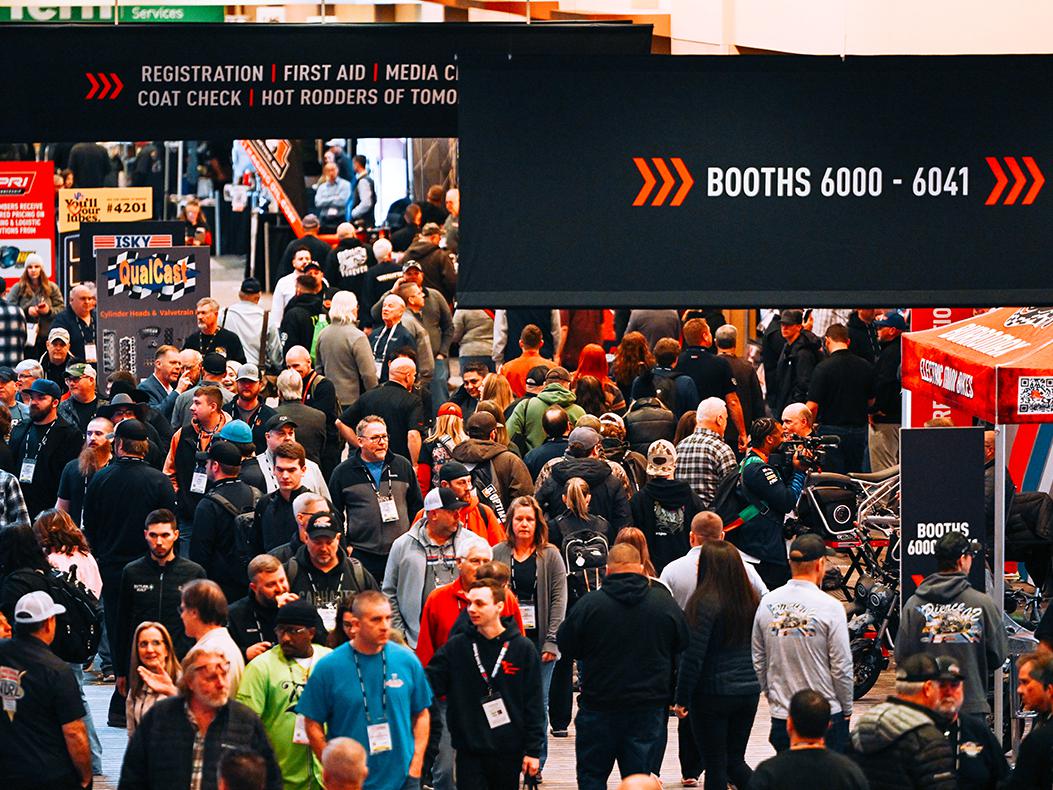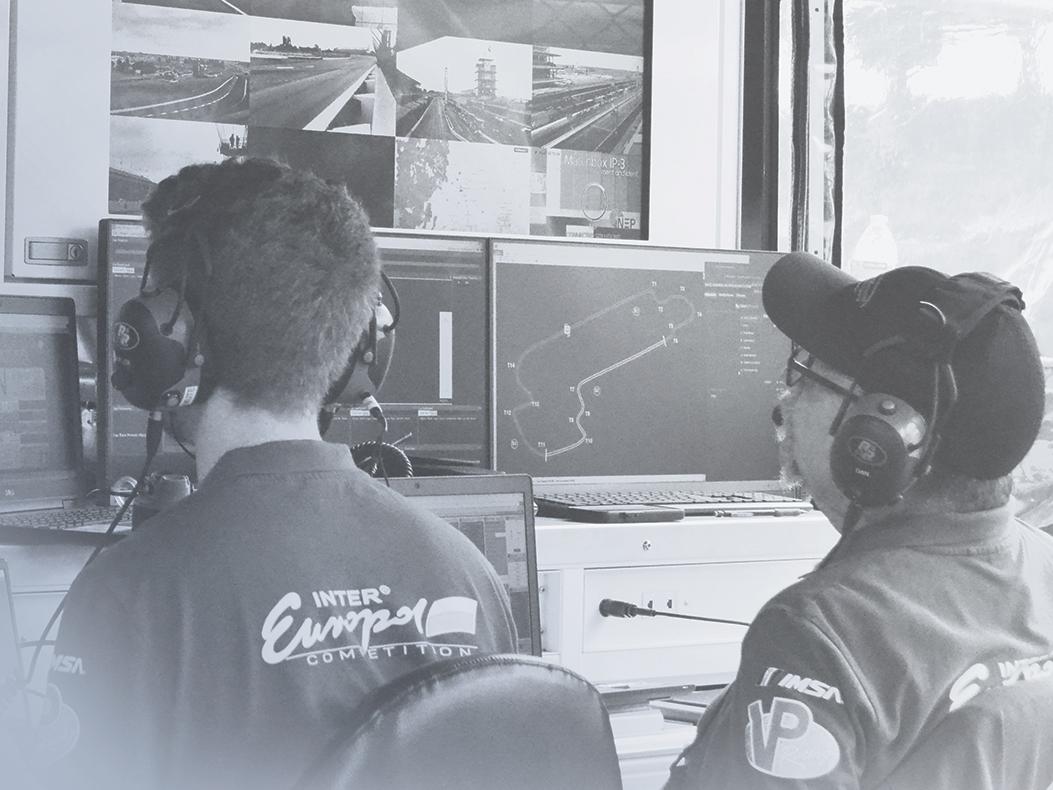Special Report: Manufacturer-Dealer Relationships
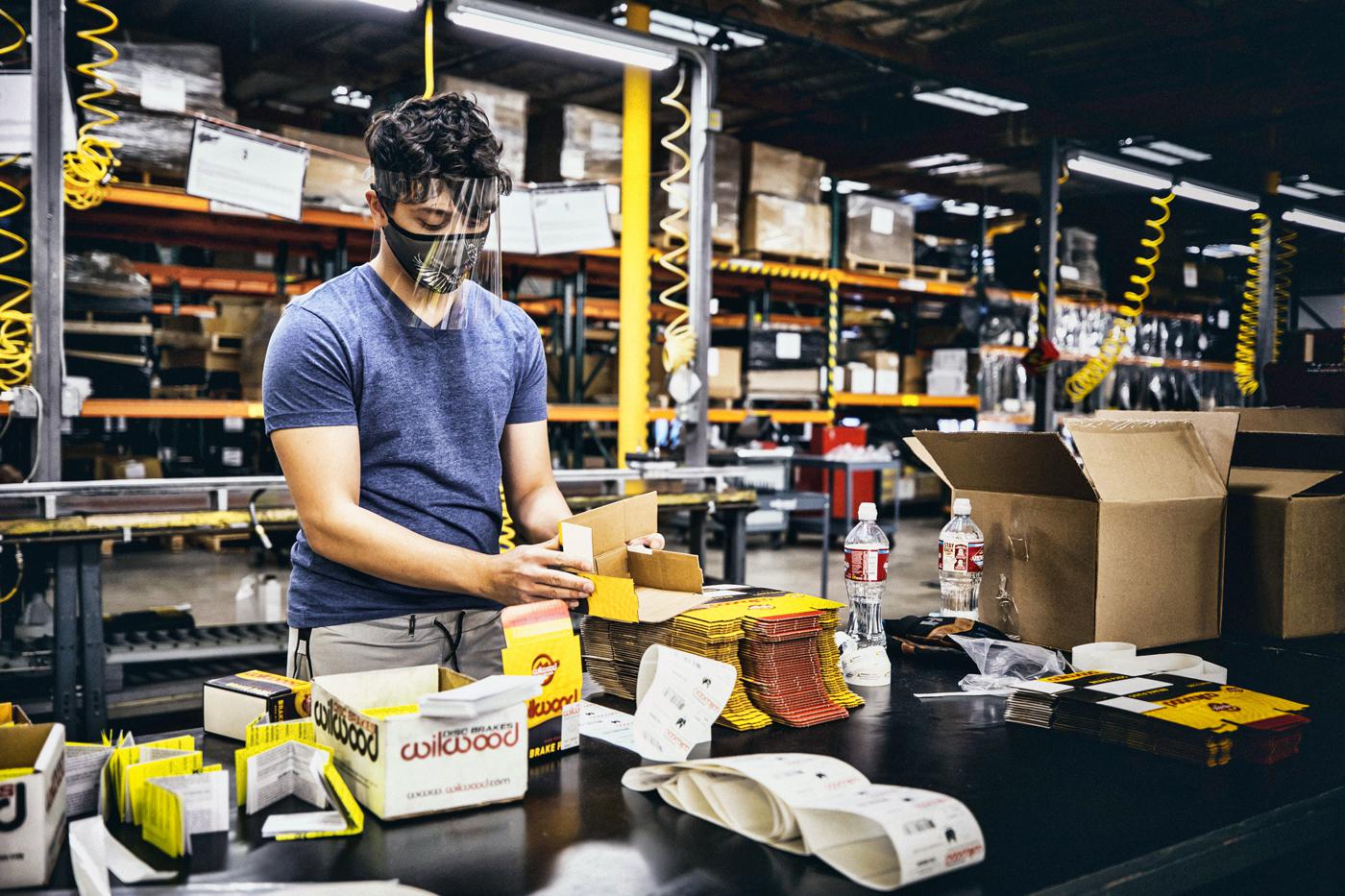
In these times of need-it-now instant gratification, seemingly endless virtual meetings, and COVID-related shortages, it’s an old-fashioned personal touch that can often be the key to successful partnerships.
Parts manufacturers and dealers in the motorsports industry are joined at the hip, with the health of one affecting the health of the other. Sometimes that can be a turbulent ride, particularly during the past year, when material shortages, supply chain disruptions, and a cracked labor market have placed enormous strains on racing enterprises from coast to coast.
Pandemic conditions aside, the relationship between manufacturers and dealers has been evolving in a number of ways in the past few years. For one, the speed of business and the expectations for rapid delivery have only accelerated.
“The level of satisfaction that we have to provide now has to be right now,” said Scott Neely of Cometic Gasket, Concord, Ohio. “People don’t want to wait for anything. Everybody has become so accustomed to getting everything right now. If it’s not in stock, they’re just on to the next Google search result to find the parts. I would say there’s a lot less patience in the marketplace than there used to be.”
Of course, the speed with which the market now operates is not just a matter of demand, it is also a reflection of what is technologically possible today. Jeff Evers, also from Cometic Gasket, described how new systems have led to much quicker product development.
“Everything being data driven—ACES [Aftermarket Catalog Enhanced Standard] and PIES [Product Information Exchange Standard]—we’ve been working hard to get everything in those formats,” Evers said. “We can produce a gasket, and within that same afternoon, once that first article is done and approved, we can get it on our websites, on our data feed, we can get our marketing department to take a picture of it, and it’s all out there within an afternoon, compared to waiting a year cycle for a new catalog. That’s just the way data has changed and information is distributed.”
That type of manufacturer ability leads to opportunities for ambitious distributors. “Customers who request the ACES and PIES files then have access to all of your product,” Neely added. “Somebody could have our file and build a website in an afternoon and be in business the next morning. Everything is just so much quicker and so much faster.”
Another shift in the manufacturer/dealer relationship has seen makers of parts and sellers of parts tied more closely together, for a variety of reasons. “The relationships I have with many manufacturers has become more of a partnership in recent years,” said Rich Willerton at Pegasus Auto Racing Supplies, New Berlin, Wisconsin. “In years past, dealings were more straightforward: This is what they have, this is what we want. Most interaction was a little back-and-forth trying to negotiate a better deal. Now there are more factors involved—shared marketing, product promotions, and customer referrals—which may have previously been nonexistent.”
Part of that shift is due to the rise of distributors that specialize in very particular markets. “The evolution of the dealer relationship has changed to a much more targeted level of communication,” said Neely. “The quantity of niche customers has increased, and the number of broadly stocking distributors has decreased. The way you work with a customer today is much more focused on the specifics of the items and/or categories. Increased tech and application information is now more important than ever, and the ability to directly communicate that information is key. Increased product detail when releasing new products and applications is first, with all mechanisms of communication required. Electronic direct feed, social media, and in-person follow-up are the only ways to ensure that information gets consumed. ‘Sending an email’ doesn’t get it done, ‘putting it on the website’ doesn’t get it done. A full coverage effort is what is needed, and people dedicated to the task is key.”
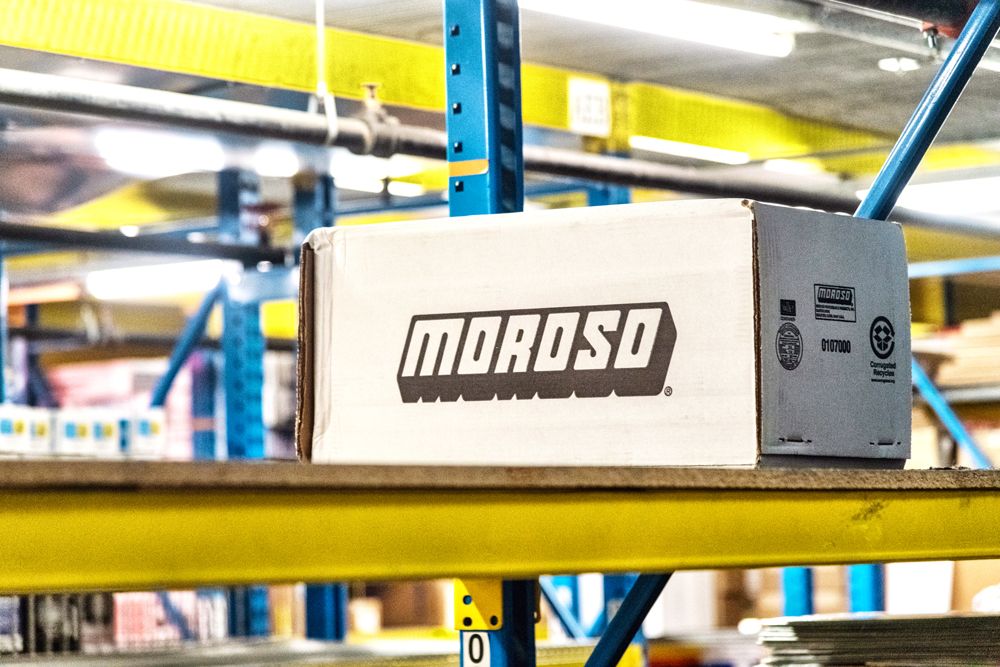
Living, as we are, in the “information age,” the flow of that data is crucial to smooth relations between manufacturers and dealers. “From the manufacturer perspective, we are striving to have the tools available for the dealer to learn about our new products, or if we have updated any established part numbers, as quickly as possible,” said Thor Schroeder of Moroso Performance Products, Guilford, Connecticut. “We do this by having our company on a continual basis update the electronic data of our products and have it available for our customers’ use.”
Much of the detailed product information in past years was a kind of “inside baseball” that didn’t always filter to the racing grassroots. That’s not the case anymore. “I think there’s definitely been some evolution, particularly on the short track side of things, from manufacturer to dealer,” said Chris Dilbeck of PFC Brakes, Clover, South Carolina. “I know there has been for us, specifically. It just seems like years and years ago, some people would consider a distributor as just an order taker, to where they would just try to get their hands on onesies-twosies, whatever it was a customer may want. But now, a lot of the distributors are more tech savvy, and racers themselves are a lot more educated on the product.”
Manufacturers’ Outlook
There are varying perspectives from the manufacturers’ side on what makes for a good working relationship (and vice-versa, see below). Neely at Cometic Gasket likes to see commitment first and foremost. “There are plenty of effective ‘order takers’ in the automotive and performance aftermarket. Those willing to represent your brand by stocking inventory is the difference between ‘top of mind’ and ‘they asked for it,’” he said.
A dealer/distributor looking to provide “above and beyond” service will display “the willingness to spend the time needed to detail issues to solution,” Neely said. “If a problem or opportunity exists, telling your partner manufacturer about it is helpful. Willingness to support that effort with inventory commitment is even more so. Communication through sales and then tech departments is the best way to strengthen the manufacturer and dealer relationship.”
A regular part of PFC Brakes’ promotional efforts includes a PRI Trade Show special. The disruptions of 2020 were not as bad for PFC as they might have been, thanks to a number of dealers stepping up to the plate. “We still had a PRI special even though we didn’t have the Show last year,” Dilbeck said. “But our larger dealers still understood the importance of our end users. Car build season was coming with or without COVID. Our end users still needed parts, and so we had some distributors that still did their annual purchase volumes. We actually had a good year from our short-track grassroots market distributors. Our PRI discount was a part of that, but they rely on us heavily to give them forecasts and give them a pulse of the end-user market so that they know what kind of volumes to purchase from us.
“So we have a very good working relationship with our best distributors when it comes to giving them a heads-up on what we feel like they need to order. And there is a lot of trust there because they order it,” Dilbeck continued. “That is a dream distributor, one that you can, especially from a sales standpoint, say, ‘Hey, we’ve got these certain part numbers we’re seeing an uptick in, seeing some demand grow out in the marketplace, would you be willing to order X amount of these for us to be able to make a larger run?’ All of our best distributors always participate in those things.”
Moroso’s Schroeder listed a number of things the company likes to see from distributors: “A dealer partner that holds their pricing on the product lines that they currently sell. Their reputation scores and how they are promoting their business either through content and/or on what social media platforms. Since we are an established company, we have to analyze how they would fit in with our other customers.”
Dealers’ Outlook
On the other side, dealers have certain criteria they use to judge the value of their relationships with manufacturers. For Willerton at Pegasus, the most important factor can be summed up in one word: “Responsiveness. On the dealer side, we deal with the end user, and they demand answers immediately. Many of those answers have to come from the manufacturer, and delays of days and even weeks can hurt the customer/dealer relationship, which in turn may harm the dealer/manufacturer relationship. As a buyer, I also have to be flexible with the manufacturer. Being willing to work around small mistakes and understanding delay issues, especially this past year, has strengthened relationships with many of my suppliers.”
Willerton also noted the importance of face-to-face meetings when it comes to strengthening ties between Pegasus and the manufacturers it works with. “Providing marketing and training materials for our salespeople has become increasingly important the larger our company grows. In-house training visits from representatives gives us a first-hand interaction with new products that has become invaluable. Other services, such as shipping on our account or using our preferred method, show that a manufacturer is willing to do more to make a lasting partnership.”
Jake Knowles is a racer who also runs Knowles Race Parts and Bodies in Rome, Georgia. For him, speed of shipping is critical when evaluating manufacturer performance. “Same-day shipping is always a plus. You know racers, they need it right now.” But sometimes just the basics of having parts in stock is the key thing. “If they’ve got it there on the shelf and they can ship it out that day, that’s a big plus.”
Manufacturers that sell directly to the public is a sensitive subject, as it can make life tougher for dealers. “My biggest pet peeve is to have to compete against a manufacturer,” said Bernie Stuebgen of Indy Race Parts, Indianapolis, Indiana. “Some of them won’t sell direct, and some of them do sell direct. Sometimes it’s difficult to compete against the ones that sell direct. You often question yourself, ‘Why do I stock their product?’ Whenever I have to compete against them for the sale, sometimes they will ultimately undercut you and sell it at retail cheaper than what you’re able to sell it for. That’s, unfortunately, always been a struggle. There are a few manufacturers that stick out way more than others. That’s just what you have to endure if you want to do this and be in it.”
One way that manufacturers that sell direct try to minimize that impact is by only selling parts for full retail price to the general public, while allowing their dealers to sell at a discount off list through a Minimum Advertised Price (MAP) policy. That’s how Cometic Gasket balances the competing interests.
“We have a MAP policy. If you have one, then you’d better enforce it,” Neely said. “We’ve kind of run the gamut of using some outside agencies to enforce our MAP. But we find that our customers are some of our best enforcers. They will point out to us other customers that are undercutting or whatever. They’ll send us links and screen grabs and everything else, and then we address it and confirm with the customer that it was handled. If you’re going to have one, then you’d better enforce it, otherwise you’re going to erode your product’s profitability.”
Common Ground: The Race Track
Increasingly, shared experiences at the track lead to closer ties between manufacturers and dealers.
“I think it goes back to the manufacturer and how well they educate their distributor and their sales staff,” explained Dilbeck. “But in a lot of cases, like our bigger distributors, they have sales guys who are racers, just like we are at PFC. They go out and try the products on their race cars. They know which ones are favored in certain arenas and know how to troubleshoot them. I feel like that has really helped us with our big distributors, just having knowledgeable sales staff as an extension of the PFC sales staff when it comes to distribution. That helps build that rapport between a manufacturer and a distributor, that common ground that we’re going racing on a Saturday night, and they are, too. That just makes work a little more fun.”
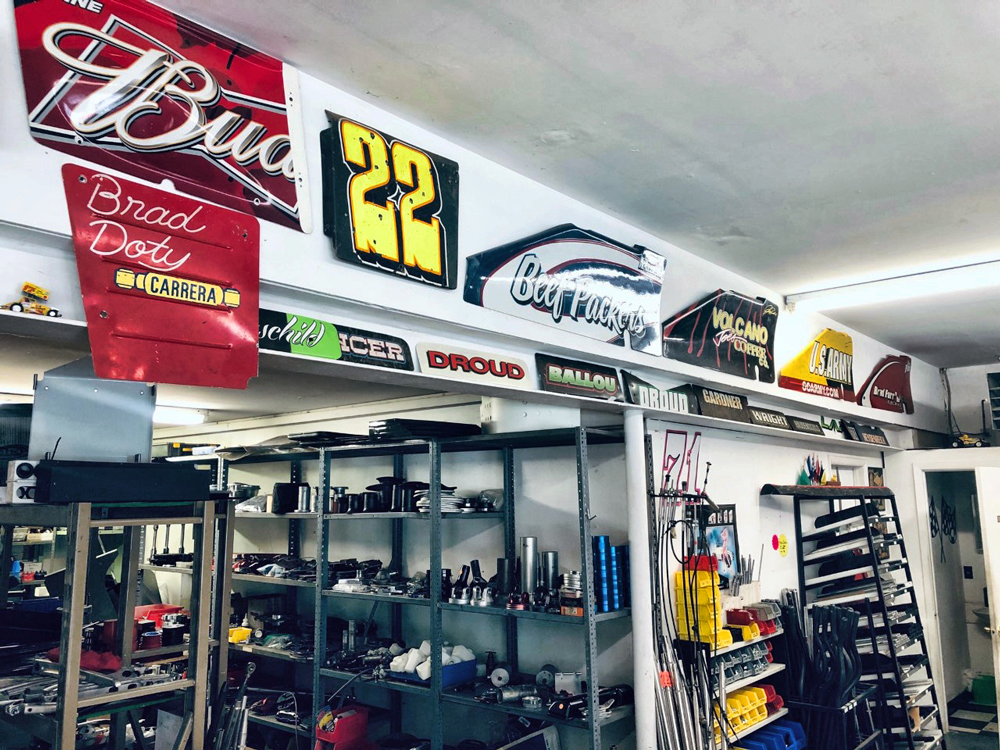
“If the manufacturer actually is in racing and not just works there, I think that helps a lot too, because they know more about what we’re talking about,” said Knowles. “If they need something, they would want it that quick, so they know that we need it.”
For some distributors, parts won’t get through the door until they’ve proven their worth on the race track. “I really only carry stuff that I would use myself,” said Indy Race Parts’ Stuebgen. “You can buy some stuff from here or there, but sometimes I just question the quality of their material or where it’s manufactured.”
When Problems Arise
It’s inevitable there will be conflicts between those who make parts and those who sell them. Cometic Gasket’s Neely said that one way to diffuse them is with personal visits. “Having outside manufacturer reps who are in the field, able to bring these conversations up in a professional and structured way, allows us to prioritize the customer’s needs by identifying what can be done with existing procedures and policies, and moving to any unique circumstance that cause us to be on different pages.”
“Most of my manufacturers are willing to work with me but are not always able to comply with our company’s needs,” said Pegasus Auto Racing Supplies’ Willerton. “By being understanding and flexible with my suppliers, I have built up a bit of prestige among some of them, which sometimes allows a few favors to be called in. Other situations may call for a little give-and-take. There are times however, that an agreement cannot be met, and you may have to find another source.

“In one instance,” he continued, “a manufacturer had created some new products that they wanted us to push, which were not in line with our customers’ needs. I had to respectfully decline and risk that this manufacturer would put an end to or greatly reduce the relationship we had built over the years. We still have that relationship, but the continued growth between us has slowed. I must add that the decision that was made has worked out better for us.”
The pandemic continues to throw a wrench in the works when it comes to manufacturer/dealer relations. Stuebgen has seen relationships become more impersonal. “I spend so much time of my day on the phone, I just get tired of being on the phone,” he said. “So a lot of contact now, if I know certain people at certain places, I just text message people or email. Sometimes I go through Facebook Messenger or Twitter to reach out to somebody to order something. It’s not the same as it used to be, where you’d just call up on the phone, or old-school, send a fax.
“Maybe some of it’s COVID-related,” Stuebgen added. “It is funny, since everybody wants to draw the ‘COVID card,’ that’s just how some places are now. I chuckle because you call certain places, and nobody ever answers the phone. But you send an email and you get a response back in three minutes.”
The Road Ahead
As 2022 approaches, the pandemic is still reshaping relations between manufacturers and dealers. But through it all, the basics of business haven’t changed much.
“The old standards still apply when selecting a new source: quality, pricing, and delivery,” said Willerton. “Currently, delivery of product has a greater emphasis compared to other factors. Supply chain issues have plagued many manufacturers, and the ability to provide the goods on a timely basis has been a major struggle.
“If most factors are equal, the ability and willingness of a manufacturer to work within your needs is a big plus in that final decision,” Willerton added. “Even minor elements such as return policy, bonus discounts, and shipping flexibility show that a supplier is interested in more of a partnership than a transaction-based relationship.”
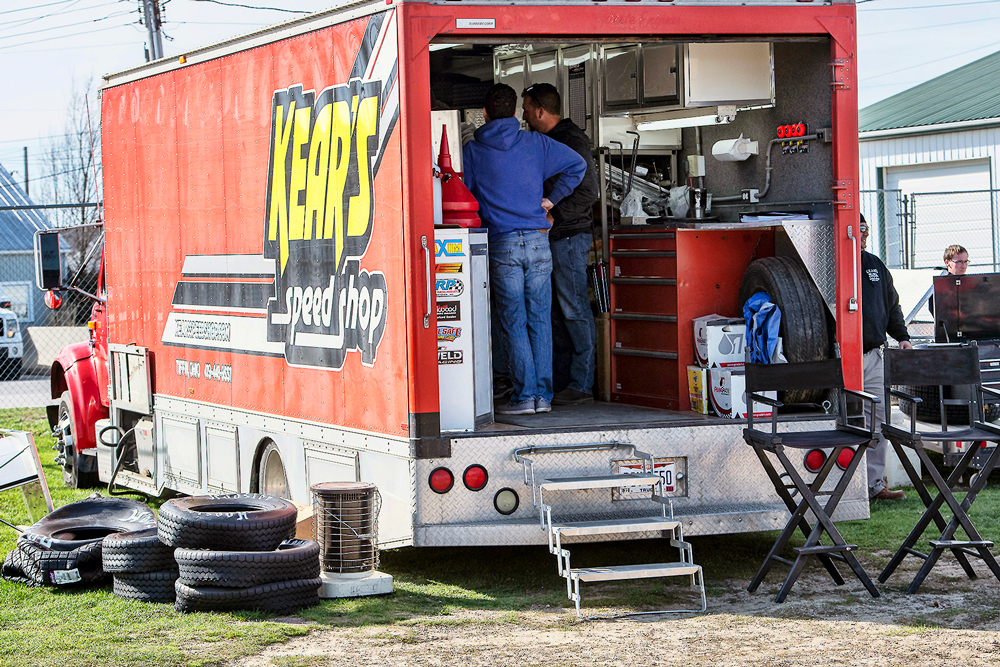
The international aspect of so much of the motorsports industry is another factor that will continue to shape business relationships. “With most top manufacturers, our relationships have gotten closer and stronger,” Willerton said. “There is a lot of competition between manufacturers, especially with overseas manufacturers having easier and greater access to dealers, and that has led many to contribute more to the relationship. Providing more service than just a transaction builds the relationship and helps those manufacturers and suppliers feel more like a partner with the dealers. The few that have become more impersonal have raised red flags about the financial state of their business. If they just don’t care anymore, they are possibly on their way out of business.”
What the post-pandemic landscape will look like is anybody’s guess. Are the changes permanent or transitory? “I think it’s probably going to take a year’s cycle to see,” said Cometic Gasket’s Neely. “We went from doing a lot of open house shows and warehouse shows to virtual events.”
Yet racing has always been more personal than that. “In our industry, people want to see people,” Neely said. “They want to talk over a beer, they want to walk around the warehouse, check out everybody’s products, they want to go to car shows and look at hot rods. It’s a much more hands-on crowd. Sure, you save a lot of money with no travel, but the personal things suffer when you can’t be in front of your customers, can’t work directly with your customers at their facilities, can’t do training seminars and those kinds of things. There’s no way you can sit there looking at a Zoom meeting or a PowerPoint and get the same interaction with customers as you can being in their facility, having a lunch brought in and going over all your different products. There’s no way you’re going to get that online.”
 MEMBERSHIP LOGIN
MEMBERSHIP LOGIN JOIN PRI
JOIN PRI
